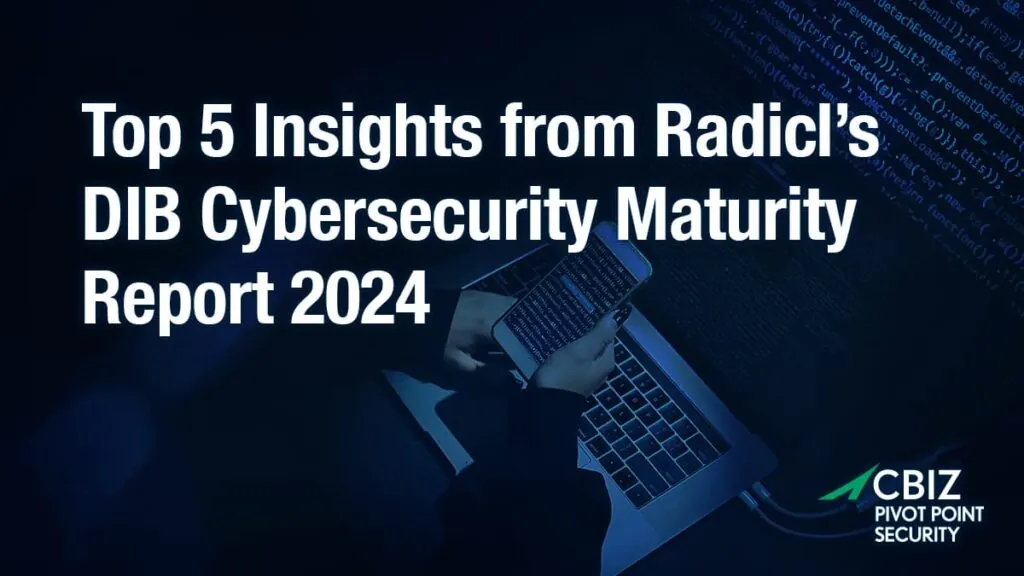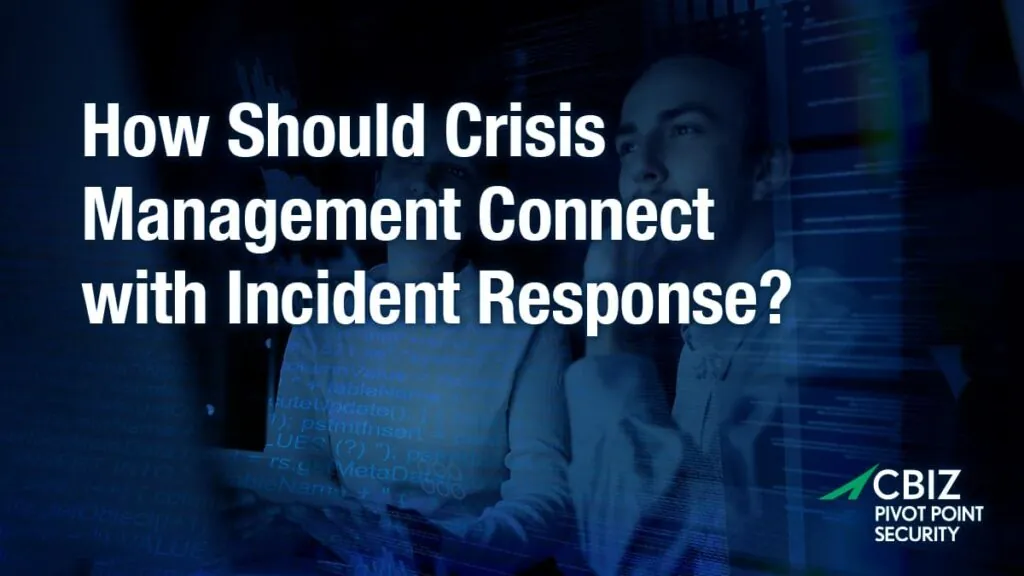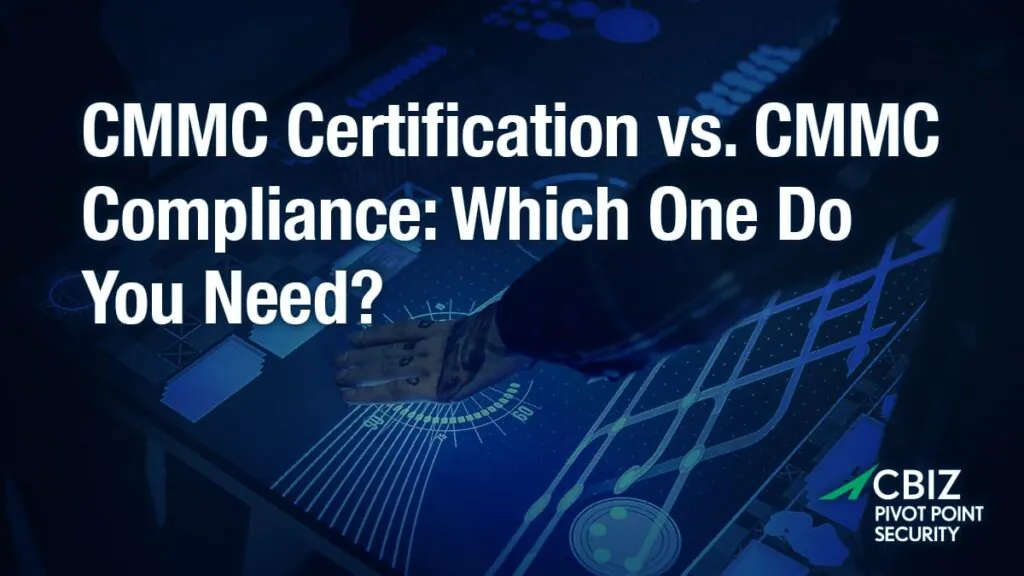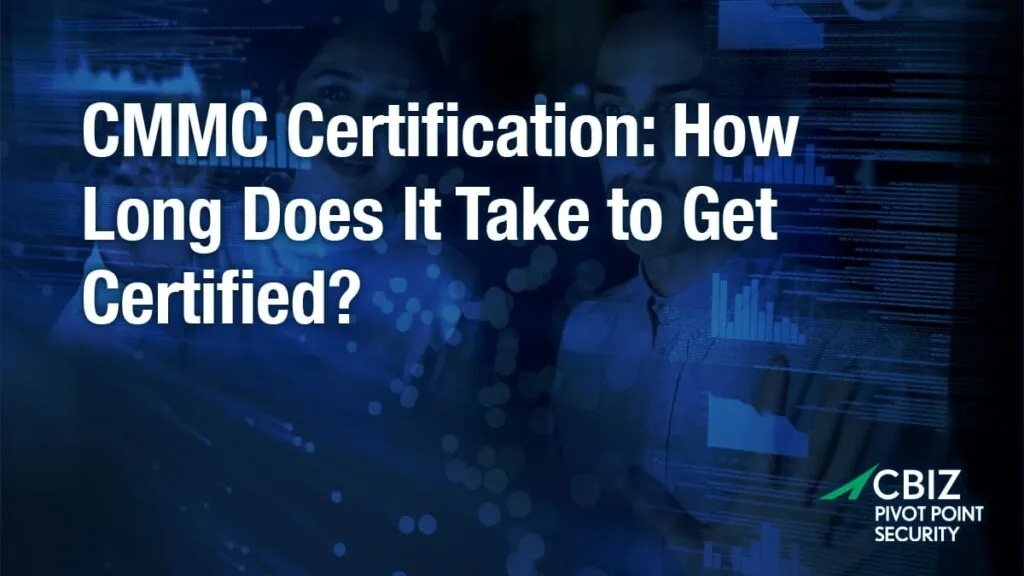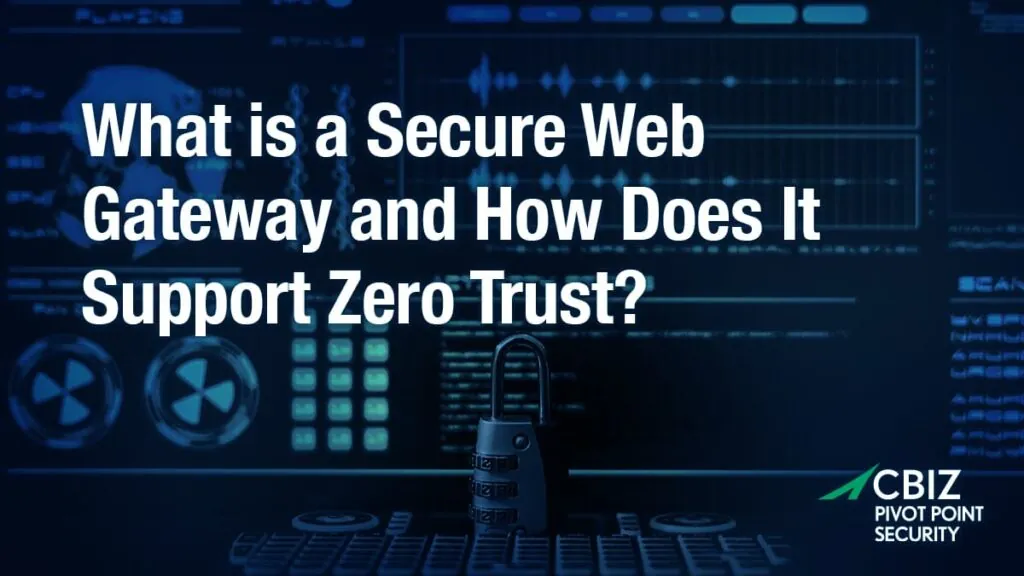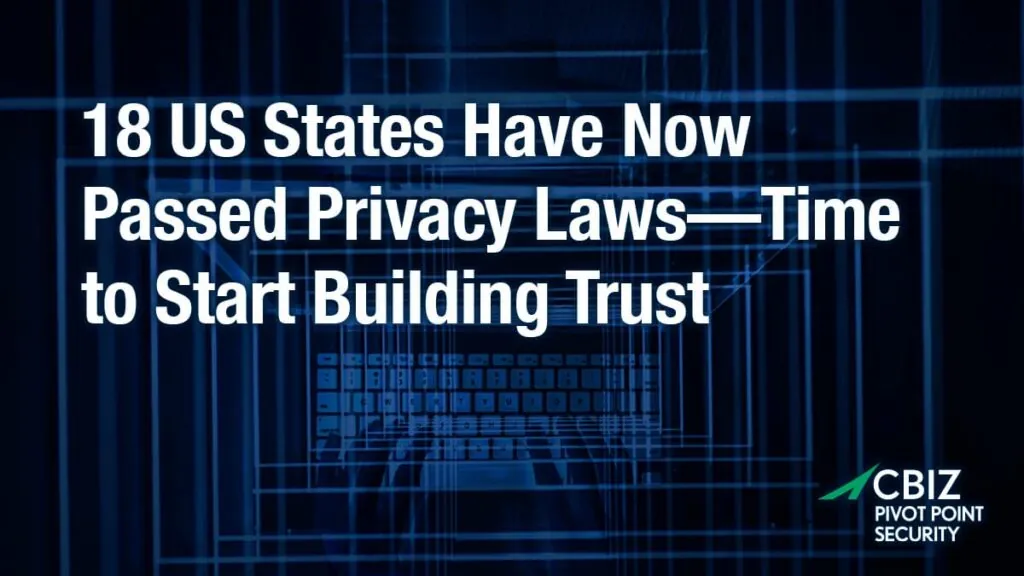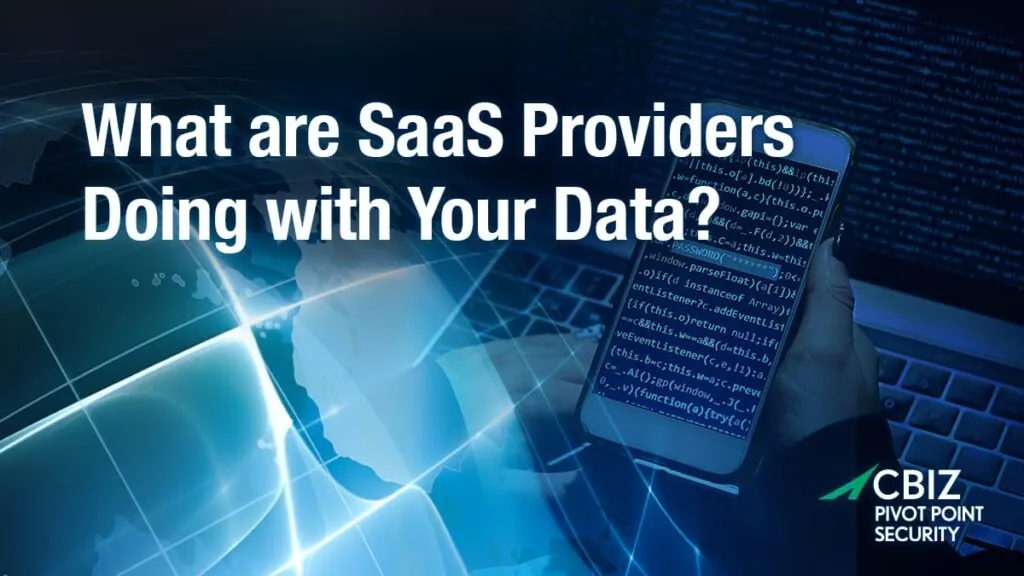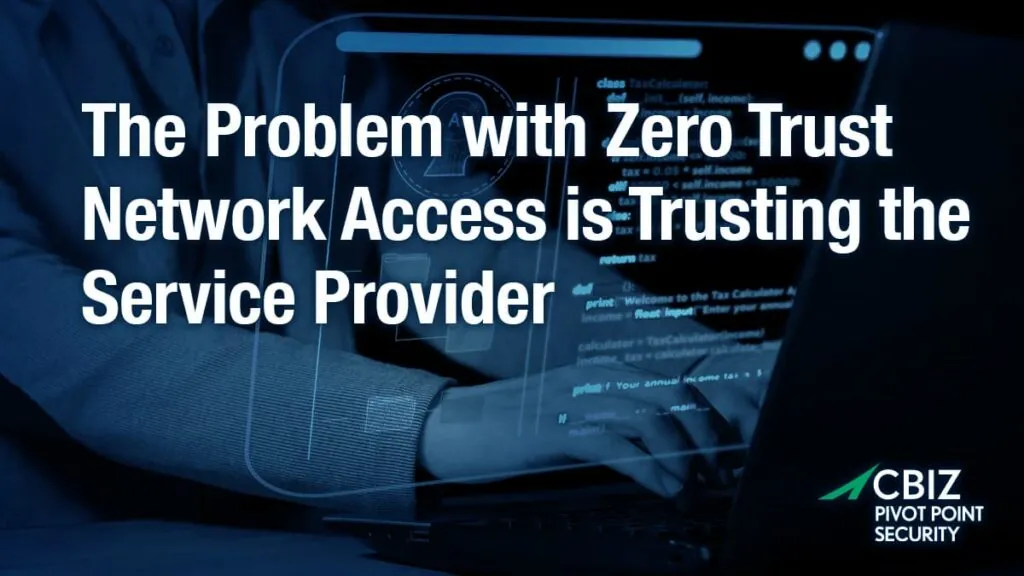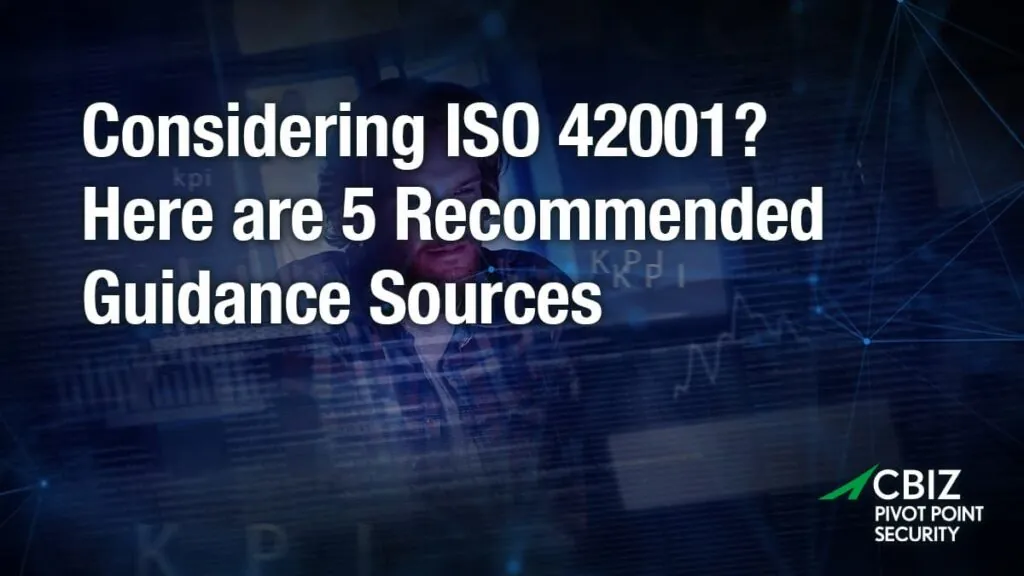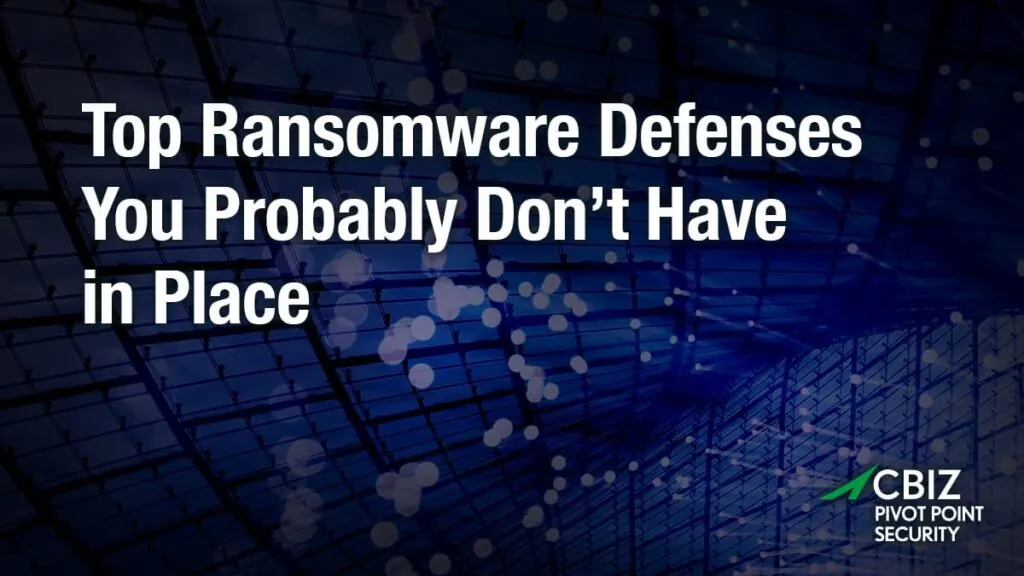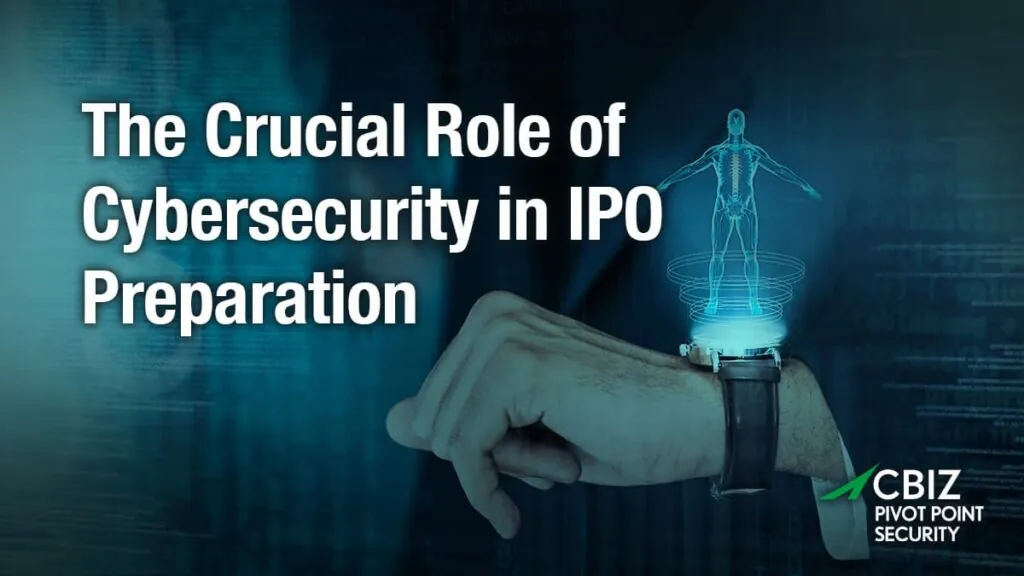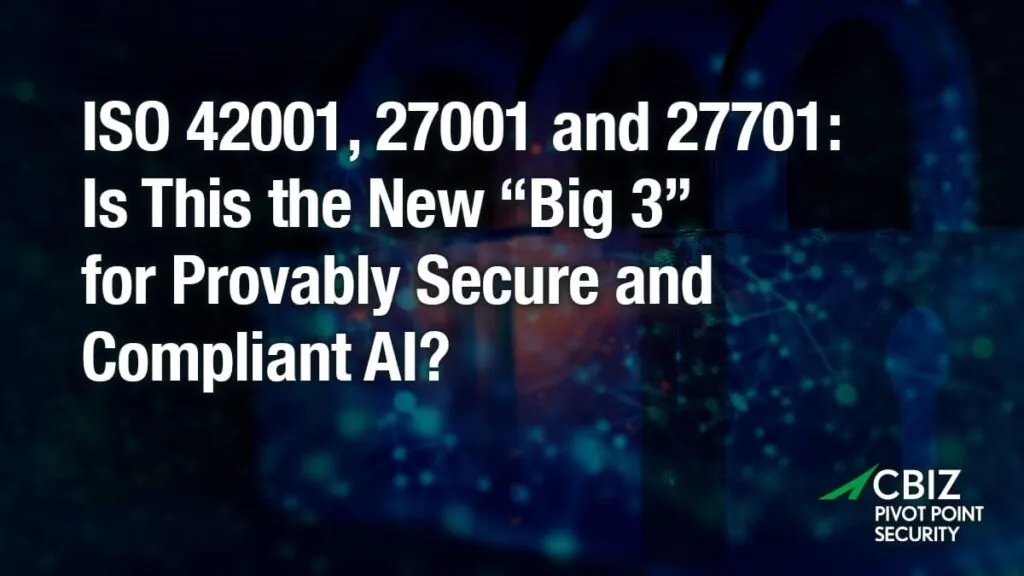Last Updated on July 1, 2024
“We need to fire our lead Security Architect – what do we need to do to ensure he can’t hack back into our network after we let him go? ” So began a recent call with a new client. In today’s economy, I fear that this is a call that we will hear more often and that it is a risk that organizations need good guidance/assurance on.
Many control frameworks (e.g., ISO 27002, COBIT) provide generic guidance on this issue; however, despite my best efforts to Google the topic, I have yet to find more “actionable” guidance on this issue. For that reason, we have begun to compile our own list:
Pre-Firing
- Conduct a network/system level vulnerability assessment/penetration test to determine where you might be vulnerable externally. If your risk profile is high, it would be better to augment the VA/PT with a security architecture review to provide a higher level of assurance.
- Understand what systems are external to your organization for which the user may have privileged access: hosted web sites, ISP routers, exposed administrative interfaces on firewalls, DR sites, PBX interfaces. User account reviews and changing of administrative level passwords post-firing are likely necessary. Be aware that system to system communication may leverage these passwords and that some things may “break” if you don’t map these dependencies before making the changes.
- Either war dial or perform a telecommunication audit to ensure that you have accounted for all POTS lines. A good security architecture is easily defeated by a back-door modem. Remember, many mainframes and SANs have modem support lines for DR purposes.
- Either war walk or conduct a wireless security audit to ensure that your WLAN is properly authenticating users, is not visible from public locations outside your buildings, is using an appropriately strong encryption scheme, and doesn’t contain any “rogue” access points, which again can be leveraged as a back door to defeat even the best security architectures.
- Ensure that all remote access mechanisms – VPN, Citrix, Terminal Services, and Dial-up modems/RAS are secure. Determine if local authentication takes place at any of these points as post-firing you will need to disable the employee’s accounts, do a review/clean-up of all accounts, and force a password change.
- Ensure that your physical security measures are sufficient to protect against unauthorized malicious entry. Try tailgating, validate that security guards check badges, and observe whether delivery personnel are granted access to areas where they should not be. It is common that we can compromise physical security with very simple social engineering tactics like these.
- Validate that you have backups of critical files/applications/configuration so that systems can be restored if necessary.
- Search Social Networks (LinkedIn, Facebook, MySpace, etc.) for your company’s name. Although not a direct threat to your data’s confidentiality, integrity or availability, the former employee might have noted his employment there. This is a good thing to do regardless if there are any pending layoffs or firings.
Firing
- De-provision access to all systems possible just prior to notifying the individual.
- Provide a severance package that spaces payment over several months and cites that the severance is based on their cooperation and good behavior. This is generally a very effective deterrent.
- Ensure that all assets: phones, PDAs, laptops, credit cards, keys, access cards, and tokens are retrieved and tracked.
- Do not immediately “re-issue” the laptop. Preferably, store it in a secure manner or make a forensic copy of the hard-drive if any suspicious, inappropriate, or criminal activity was suspected. Recently, the forensic copy was useful for a client when they were sued by the ex-employee. On review it was determined that the individual had forwarded dozens of confidential company documents to their home email address prior to leaving. The company counter-sued the employee and eventually won the case. Some companies will review the activities over the previous month or so to determine if the user had accessed sensitive data in anticipation of leaving.
- If the user enjoys administrative access to many systems, before their termination, have them continually observed while they work with a highly trusted individual who will acquire and change passwords for every critical system. We have seen too many instances where a network admin has been fired and escorted out of the building and only after the fact was it discovered that there were systems for which he, alone, knew the admin password.
- Notify all personnel immediately that the person is no longer an employee and that any communication with the individual needs to be reported to management.
- Notify all consultants, vendors, and business partners immediately that the person is no longer an employee and that any communication with the individual needs to be reported to management. One of our clients did not take this step and the fired employee had a consultant pull business critical data from a database and send it to his home email address. The ex-employee explained he was working from home and was having “VPN problems” so the consultant (not knowing the person had been fired two days prior) exported the data and sent it him. This was only discovered after the ex-employee sold the data and a poison pill in the data notified the company.
Post Firing
- Continue to de-provision access to all systems possible. Obvious points are Primary Authentication Servers, mail servers, file/print servers. However, there are often many local authentication points – WLAN, servers, business applications, network devices. For all high risk areas consider a user account review clean-up, and force password changes for all accounts, especially any “shared” administrator accounts.
- Force a password change for all employees (it is not uncommon for an admin to know other peoples’ passwords.)
- For all critical systems (remote access, key applications, firewalls, etc.) validate that logging is enabled and working properly and monitor the logs for a period of time to detect any rogue access attempts.
- Leverage your IDS and/or outbound firewall rules/logging to detect any Trojans installed by the employee that may communicate outbound.
- Return to the previously identified Social Networks and ensure that there have not been any disparaging or false comments made about you (if you are the ex-employee’s boss or a principal of the company) or the company. While this is not a direct threat to your data per se, disparaging and false information could damage you and your company’s reputations, causing lost or diminished future business.
Download the free Best Practices for Firing A Network Security Administrator Whitepaper






